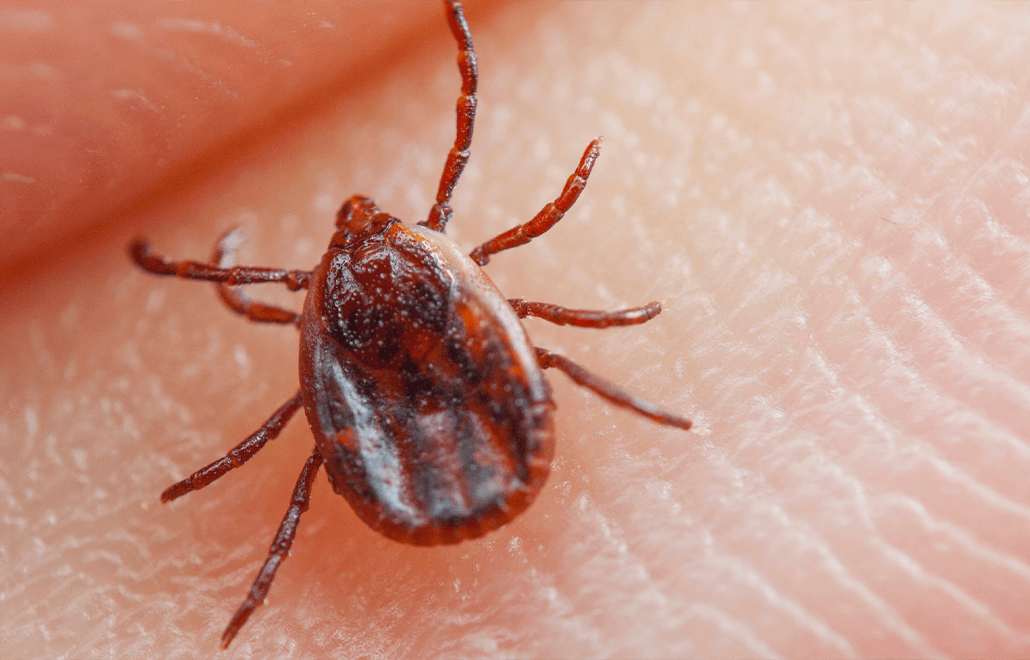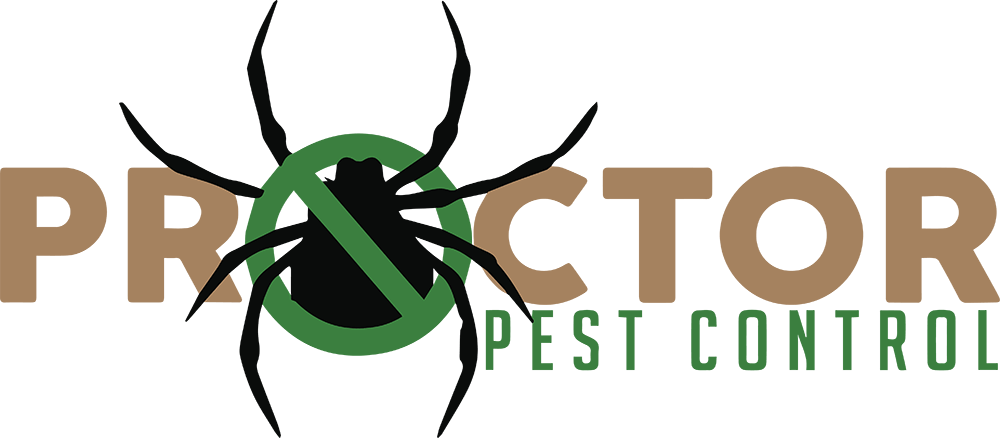
06 Mar The Lifecycle Of Fleas And Ticks
Fleas and ticks are among the most common pests that plague both pets and humans alike. Understanding the lifecycle of these tiny parasites is essential for effective pest control and prevention. In this blog post, we’ll delve into the fascinating world of fleas and ticks, exploring their lifecycles, behaviors, and the importance of proactive pest management.
The Flea Lifecycle:
Fleas undergo a complete metamorphosis, consisting of four stages: egg, larva, pupa, and adult. The lifecycle begins when a female flea lays eggs on a host animal, typically a dog or cat. These eggs are tiny and often fall off the host and onto surfaces in the environment, such as bedding, carpets, or furniture. In optimal conditions, flea eggs hatch into larvae within a few days.
Flea larvae are tiny, worm-like creatures that feed on organic matter, such as flea feces, dead skin cells, and other debris found in the environment. After several molts, the larvae spin a cocoon and enter the pupal stage. Inside the cocoon, the flea undergoes metamorphosis and eventually emerges as an adult flea. This entire process can take as little as a few weeks or as long as several months, depending on environmental factors such as temperature and humidity.
The Tick Lifecycle:
Ticks have a simpler lifecycle compared to fleas, consisting of three stages: larva, nymph, and adult. Like fleas, ticks require a blood meal to progress through each stage of their lifecycle. Female ticks lay eggs in the environment, typically in leaf litter or tall grass. Once hatched, tick larvae seek out a host animal, such as a rodent or bird, to feed on. After feeding, the larvae molt into nymphs, which then seek out a second host for another blood meal. Finally, nymphs molt into adult ticks, which mate and lay eggs, completing the lifecycle.
Behavioral Characteristics:
Both fleas and ticks are ectoparasites, meaning they feed on the blood of their hosts. Fleas are adept jumpers and can easily move between hosts or infest indoor environments. They often hide in carpets, bedding, and upholstery, making them challenging to eradicate. Ticks, on the other hand, wait in tall grass or shrubs for a suitable host to pass by. They attach themselves to the host by burying their mouthparts into the skin and feeding on blood.
Preventive Measures:
Preventing flea and tick infestations requires a multi-faceted approach. Regular grooming and inspection of pets for signs of fleas and ticks are essential. Additionally, keeping indoor and outdoor environments clean and tidy can help reduce the risk of infestation. Using flea and tick preventives recommended by veterinarians can also provide an added layer of protection for pets.
Understanding the lifecycle and behavior of fleas and ticks is key to effectively managing and preventing infestations. By implementing proactive pest control measures and staying vigilant for signs of infestation, homeowners can help protect their families and pets from the nuisance and potential health risks posed by these parasitic pests.



